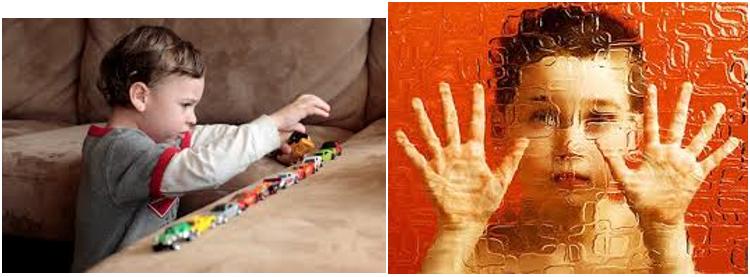early childhood autism. Principles of psychological and pedagogical correction.
04.04.2017 | Heading: Information
concept “autism” E. Bleuler in 1920. and considered as “detachment of associations from data of experience, ignoring actual relationships”. Autism was characterized in behavioral terms as a retreat from real life into the world of inner experiences., seen as a conscious or unconscious defense against mental pain, giving a person the opportunity to avoid the unbearable demands of the environment. Somewhat later in. overcrowding and poor sanitation have led to. Osipov viewed autism as “separation of patients from the outside world”.
IN. BUT. Gilyarovsky spoke about autism as “a kind of disturbance of consciousness “Get to know the work schedules of psychotherapists and psychologists” and the whole personality with a violation of normal attitudes towards the environment”, while emphasizing, that such patients are closed and alienated from everything else.
The beginning of a systematic approach to the study of the manifestations of autism in children is usually attributed to the 30-40s., when autistic states were described in the childhood schizophrenia clinic, psychoses, violations, based on organic lesions or underdevelopment of the central nervous system. In the 40s, autism was considered and described as a special clinical syndrome with a characteristic developmental disorder of the psyche., the main feature of which is mental loneliness, that ignores everything, what's going on outside (As an example of the activities of outpatient clinics, one can cite the Minsk outpatient clinic. Kanner, Asperger's, FROM. FROM. Mnuchin). Read completely »



































Comments (1) (0) »